Indian Students Rethink US Plans After Steep H-1B Fee Increase
US Raises H-1B Visa Cost to $100,000, Sparking Shift in Student Choices
US President Donald Trump last week signed a decree that amends the H-1B visa programme. The decree doubles the annual fee to $100,000. The dramatic increase has adversely affected Indian IT employees and students since they constitute the largest group of applicants for H-1B visas. The impact of the H-1B visa fee hike on Indian tech workers has been accompanied by declining student visa trends across traditional destinations. According to figures cited by The Indian Express, Canada reported a 32 per cent fall in study permits, from 2.78 lakh to 1.89 lakh. The United States saw a 34 per cent drop in F1 visas, from 1,31,000 in fiscal year 2023 to 86,110 in 2024. Similarly, the United Kingdom registered a 26 per cent decline, with student visas issued to Indians falling from 1,20,000 to 88,732.
Despite all these reductions, the flow of international students is transforming as nations strive to attract global talent. Most nations are attempting alternatives to the H-1B visa for Indian students through study abroad opportunities, post-study work visas, and long-term career prospects. Austria has initiated a two-year master's program designed specifically for Indian STEM graduates. The program combines schooling with industrial work experience. The government of Austria, in collaboration with Indian authorities, has also facilitated student exchange through collaboration with technical universities. With manageable fees and an insufficient number of STEM graduates, the nation has highlighted opportunities for Indian students. Foreign students are entitled to work a maximum of 20 hours a week, and the university often hires them for laboratory and office jobs.
China has introduced the “K visa”, which is open to graduates with bachelor’s degrees or higher in STEM from recognised institutions in China or abroad. This visa is specifically to attract young professionals in Science, Technology, Engineering and Mathematics. To smooth the visa process for international students, various amendments have been implemented, such as foreign entry regulations, offering longer validity, multiple entries and extended stays. Holders will be able to participate in cultural exchanges, research and entrepreneurial activities.
France has stiffened its visa policies towards Indian nationals. A student must have studied for some time in France or possess a master's or higher degree to qualify for a short-stay Schengen visa of five years. Moreover, Classes Internationales, initiated by President Emmanuel Macron, has allowed Indian students to study French in their home country before going to pursue their degrees in France. The only criterion for entry is academic merit.
Germany has emerged as a trending study destination. According to the report of the ed-tech company upGrad, the share of Indian students increased from 13.2 per cent in 2022 to 32.6 per cent in 2024-25; the figure decreased sharply in Canada. There are more than 2000 master's programs taught in English all over the world, in Germany, usually without tuition fees or with very little charge. The new Skilled Immigration Act enables international students to work 20 hours a week and, thus, gives better access to the labour market. The government also exempted
Indian students from visa fees who go on short-term academic and cultural programs under gratis visas.
Australia launched the MATES program, which, among other things, allows Indian graduates and young professionals under 30 years of age to live and work in that country for up to two years. The schemes require recent graduates in fields such as renewable energy, engineering, ICT, artificial intelligence, FinTech, or AgriTech, as well as proof of English proficiency. These initiatives are seen as a reflection of larger opportunities that Indian students have in education around the world and, in particular, those offered by European countries in terms of STEM education pathways and employment opportunities after graduation. As the cost of the H-1B visa in the US is soaring, Indian students and professionals are turning to other study abroad destinations that offer pretty cheap studies combined with post-study work visas and career prospects.
Editor’s Note:
For Indian IT professionals and students, the latest spike in H-1B visa fees by the US government has made things heavier. Now that the price stands at $100,000 per annum, many are re-evaluating their move to the US. This change comes at a time when reduced numbers of Indian students are opting for an education in the US, U.K., and Canada, the latter of which has witnessed an enormous decline in student visa numbers. All said, this pivot has provided some new opportunities for different countries. Nations like Austria, China, France, Germany, and Australia are opting for much better avenues for Indian students. These countries are providing good facilities for education, getting work opportunities, and safer environments. Austria is conducting two-year master's degrees for Indian students in science and engineering courses. The students can work part-time and have university jobs as well. China put in place a K visa, targeted at professionals in science and technology, which provides for longer absolute stay and more freedom on the job. In France, a five-year visa is being offered to Indian students who have studied there for at least a semester. This country also provides preparatory programmes for students to learn French before starting their degrees. Germany has become super-popular with low or no fees and lots of programs offered in English. Students can work for up to 20 hours a week and inexpensively obtain a visa for short academic visits. Australia's MATES program allows young Indian professionals to work there for two years in industries like ICT, AI, and renewable energy. Such programs show that many countries today value Indian talent and welcome students with an open heart.
Skoobuzz highlights that while the US becomes expensive and unwelcoming, it is now time for Indian students to think about taking up these newly made attractive options. The world is full of opportunities, and students are encouraged to select whatever is best for their future lives.
FAQs
1. What are the alternatives to the H-1B visa for Indian students?
Indian students now have many options besides the H-1B visa. Countries like Germany, Austria, France, China, and Australia are offering study programmes with work opportunities. These places provide good education, chances to work during or after studies, and safer environments. They are becoming popular choices for students looking to build careers abroad.
2. Which countries offer post-study work visas for international students?
Several countries allow international students to stay and work after finishing their studies. Germany lets students work part-time during their course and offers easy access to jobs after graduation. Austria and Australia also allow students to work after completing their degrees. France gives a five-year visa to Indian students who have studied there. These post-study work visas help students gain experience and start their careers.
3. How does the US H-1B visa fee increase impact Indian students?
The rise in H-1B visa fees makes it harder and more expensive for Indian students and workers to go to the US. Many are now looking at other countries that offer better value, easier visa rules, and more welcoming policies. The high cost has led students to rethink their plans and explore new destinations.
4. What is the China K visa for young professionals?
China’s K visa is a new type of visa for young professionals in science, technology, engineering, and maths (STEM). It allows longer stays, multiple entries, and more freedom to take part in research, cultural exchange, and business activities. It is open to graduates with degrees from recognised universities in China or abroad.
5. Are European countries offering new opportunities for Indian graduates?
Yes, many European countries are opening up new chances for Indian graduates. Germany offers low-cost education and easy access to jobs. Austria has special courses for Indian engineering students and allows part-time work. France supports Indian students with long-term visas and language programmes. These countries are actively welcoming Indian talent and helping them build a strong future







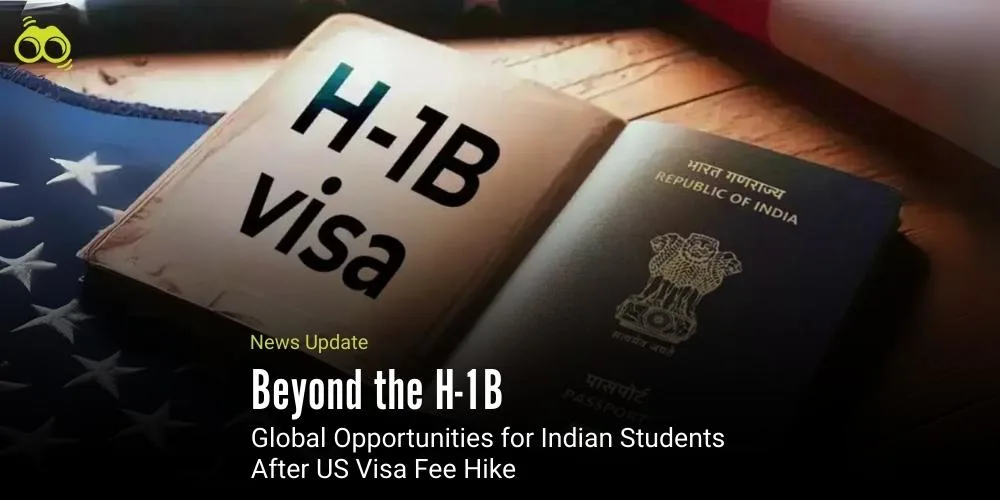

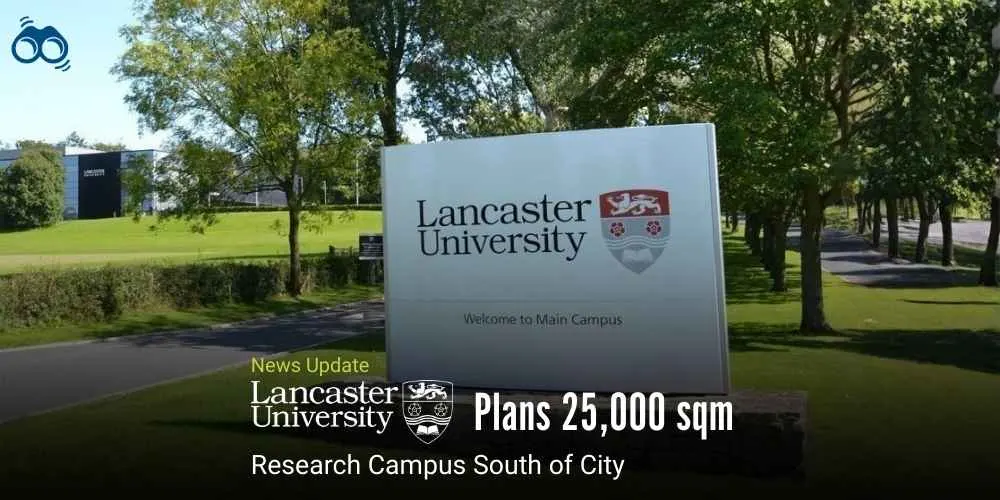
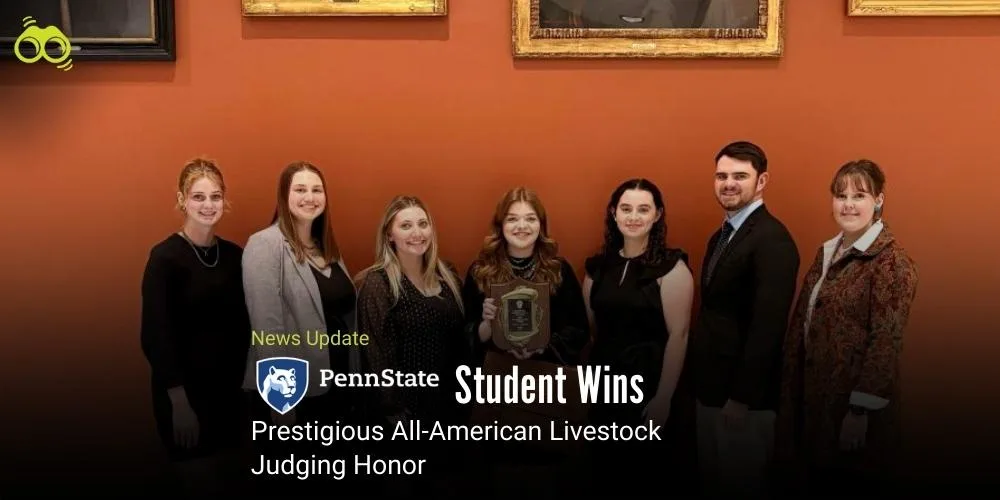
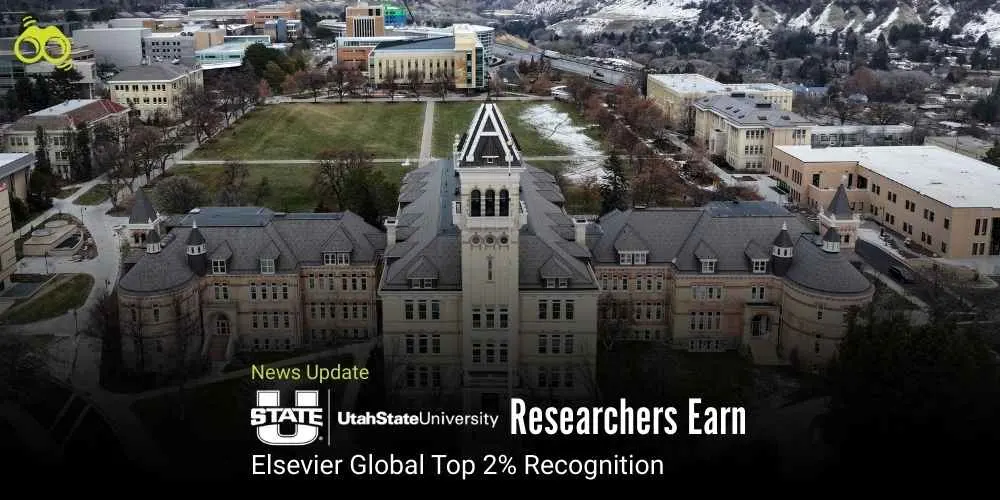
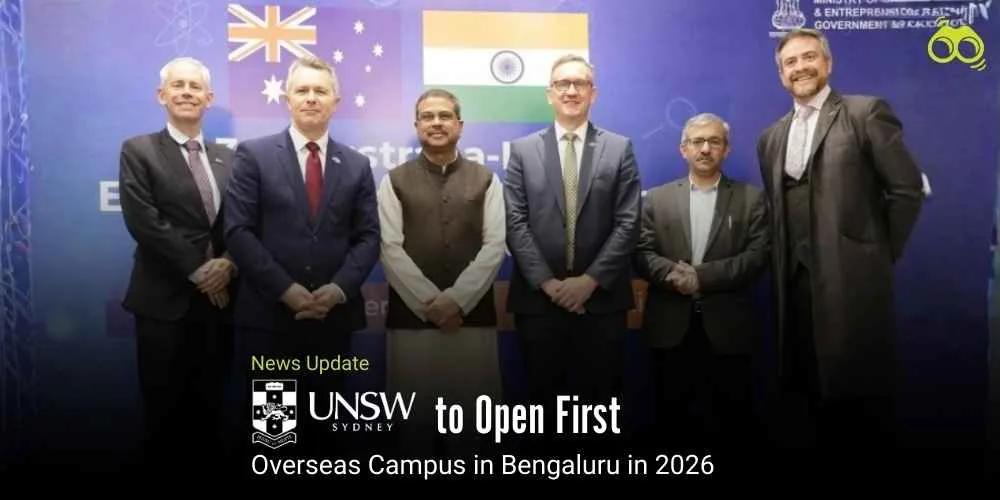

0 Comments (Please Login To Continue)